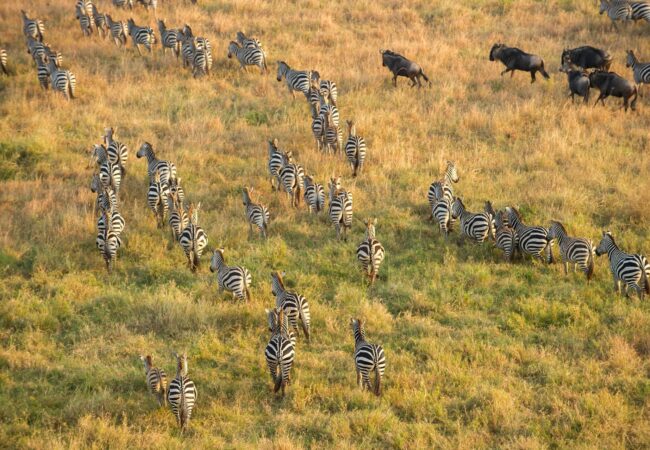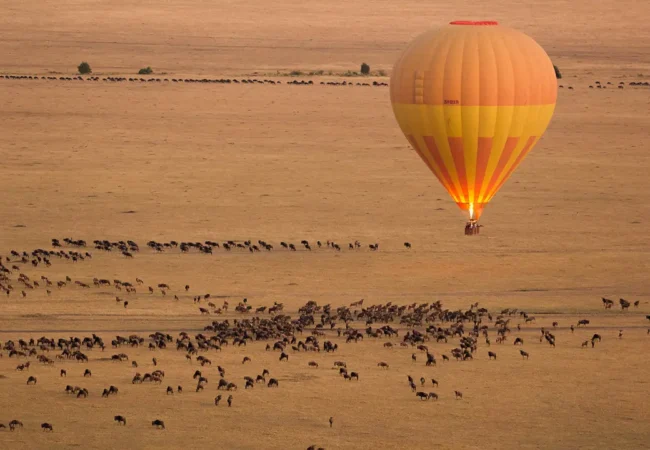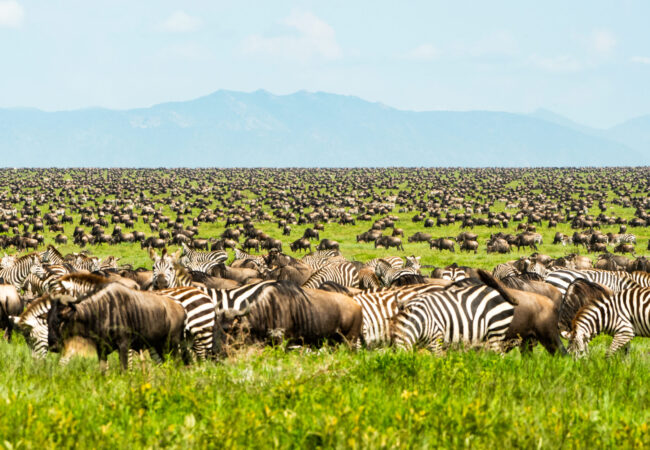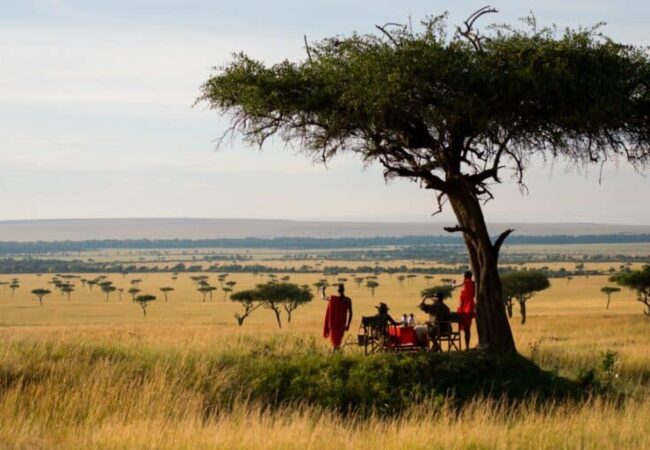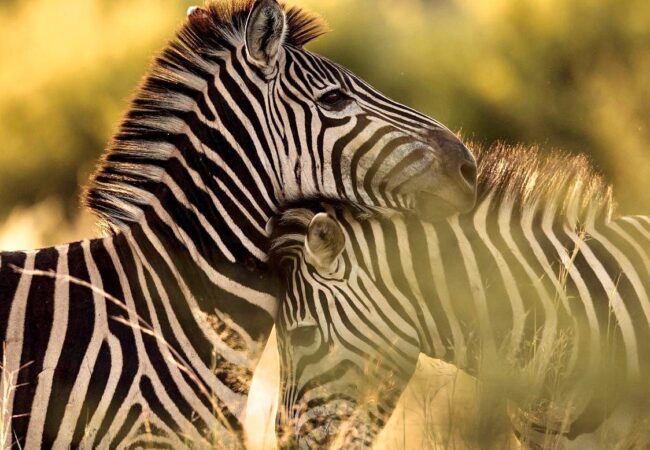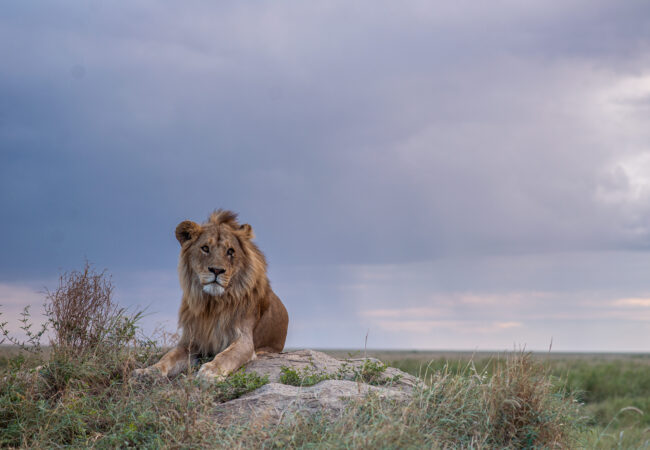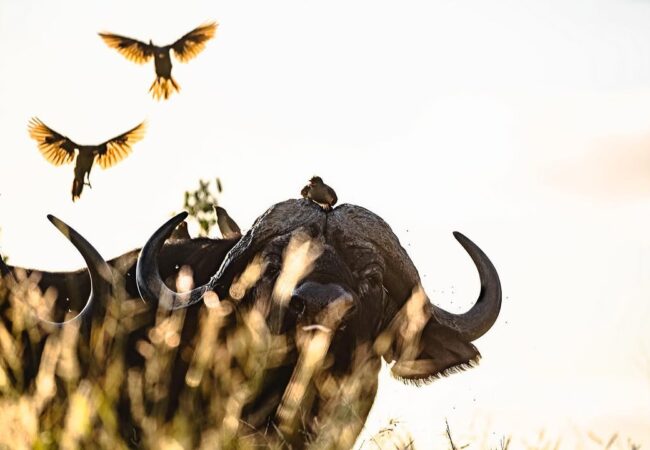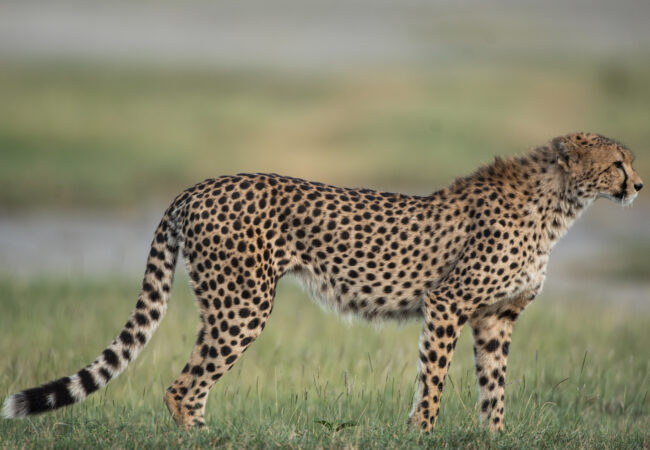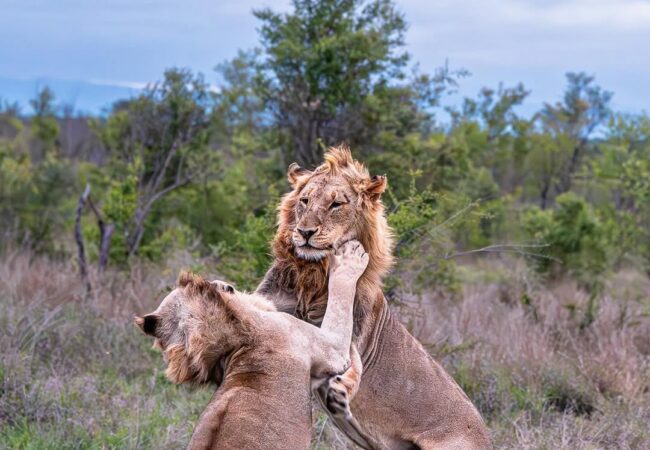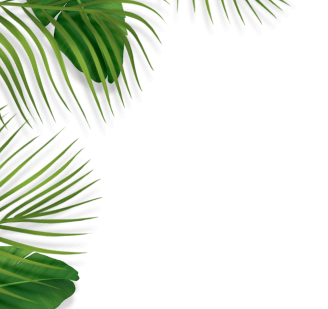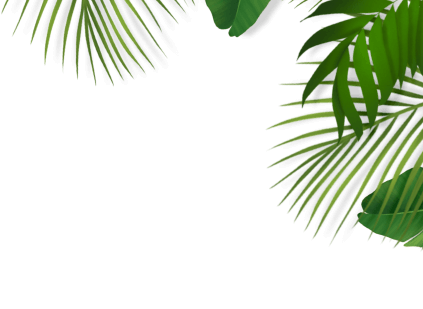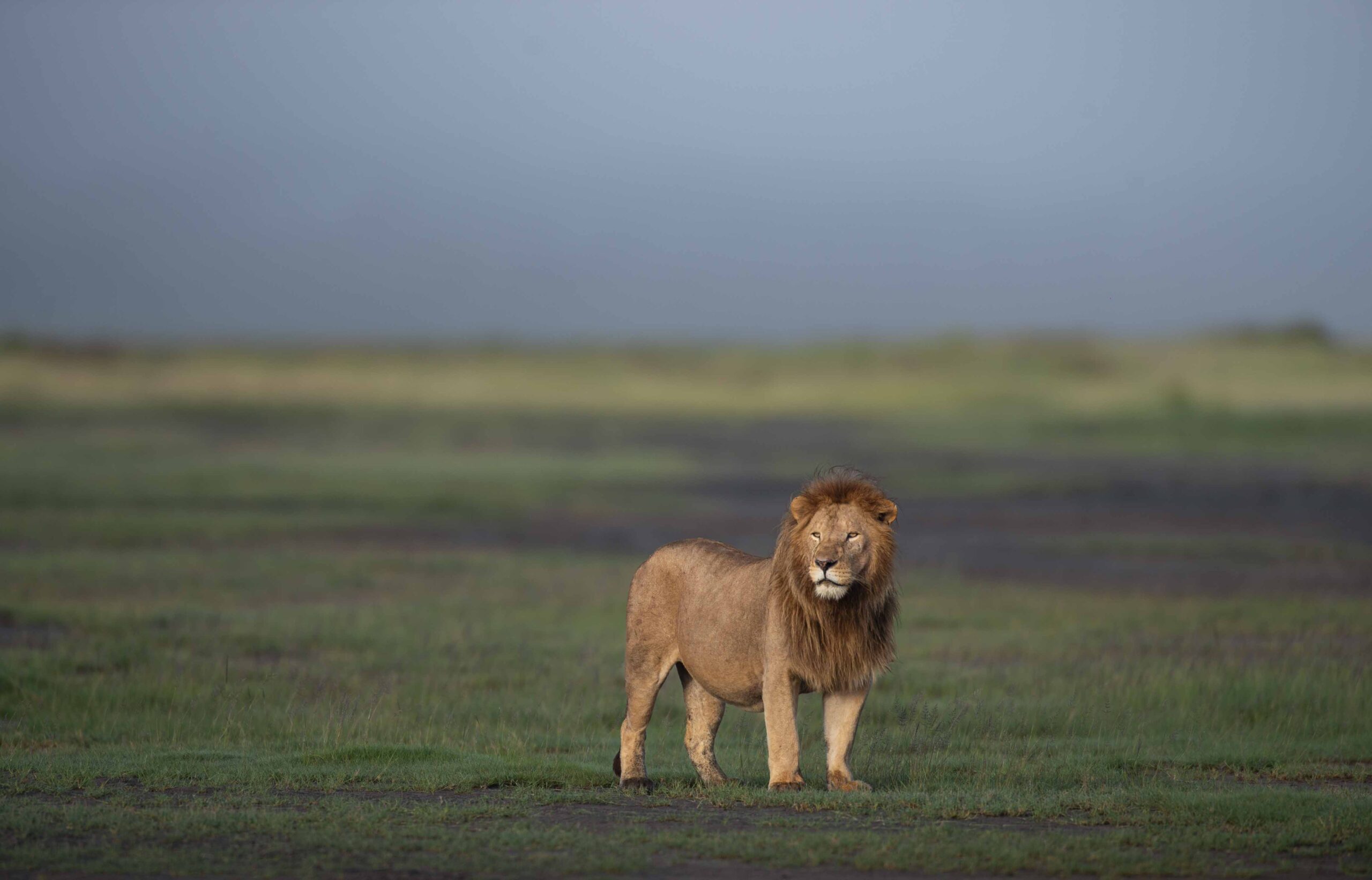
A Selous Game Reserve Tanzania safari is one of the best ways to experience authentic African wildlife. The reserve is home to elephants, lions, hippos, and a variety of bird species. Furthermore, the Selous Game Reserve offers a less crowded alternative to northern parks, which allows visitors to enjoy game drives more privately. In addition, activities such as boat safaris, walking tours, and cultural visits are offered, making it suitable for families, couples, and adventure seekers.
Why Visit Selous Game Reserve
The Selous Game Reserve is unique and offers experiences different from Serengeti or Ngorongoro. Visitors can enjoy:
- Private wildlife encounters with fewer tourists
- Diverse habitats including savannahs and riverine forests
- Activities such as boat safaris along the Rufiji River
As a result, Selous combines adventure with tranquility for travelers seeking an authentic safari experience.
Before planning your trip to Selous Game Reserve, keep in mind:
- Accessibility: Reachable by small planes or road from Dar es Salaam
- Health precautions: Malaria prophylaxis and recommended vaccinations are advised
- Safari style: Choose between budget camps, luxury lodges, or fly-in options
In addition, park fees and permits should be arranged in advance.
Best Time to Visit Selous Game Reserve
- Dry season (June–October): Animals gather around water, making sightings easier
- Green season (November–March): Lush scenery, newborn animals, fewer tourists, lower prices
- Rainy season (April–May): Roads may be less accessible, but birdwatching is excellent
Price & Lodges in Selous Game Reserve
Costs vary depending on accommodation type:
- Budget lodges: $200–$400 per night
- Luxury lodges: $600–$1,200 per night example baobab tented camp, luxury tented camps
- Park fees are often included, but confirm with your tour operator
Activities in Selous Reserve
Visitors to the Selous Game Reserve can enjoy:
- Game drives in 4×4 vehicles
- Walking safaris with experienced guides
- Boat safaris on the Rufiji River
- Birdwatching and photography
- Cultural village visits
Many of these activities are arranged by lodges and operators to ensure safety and quality.
FAQs About Selous Game Reserve
Q: How do I get to Selous Game Reserve?
By road from Dar es Salaam (6–8 hours) or via small plane to nearby airstrips.
Q: Is Selous suitable for families?
Yes, lodges and activities are family-friendly.
Q: When is the best season to visit?
Dry season (June–October) is ideal for wildlife viewing.
Q: Can I do a budget safari in Selous?
Yes, budget camps provide guided safaris at affordable price

